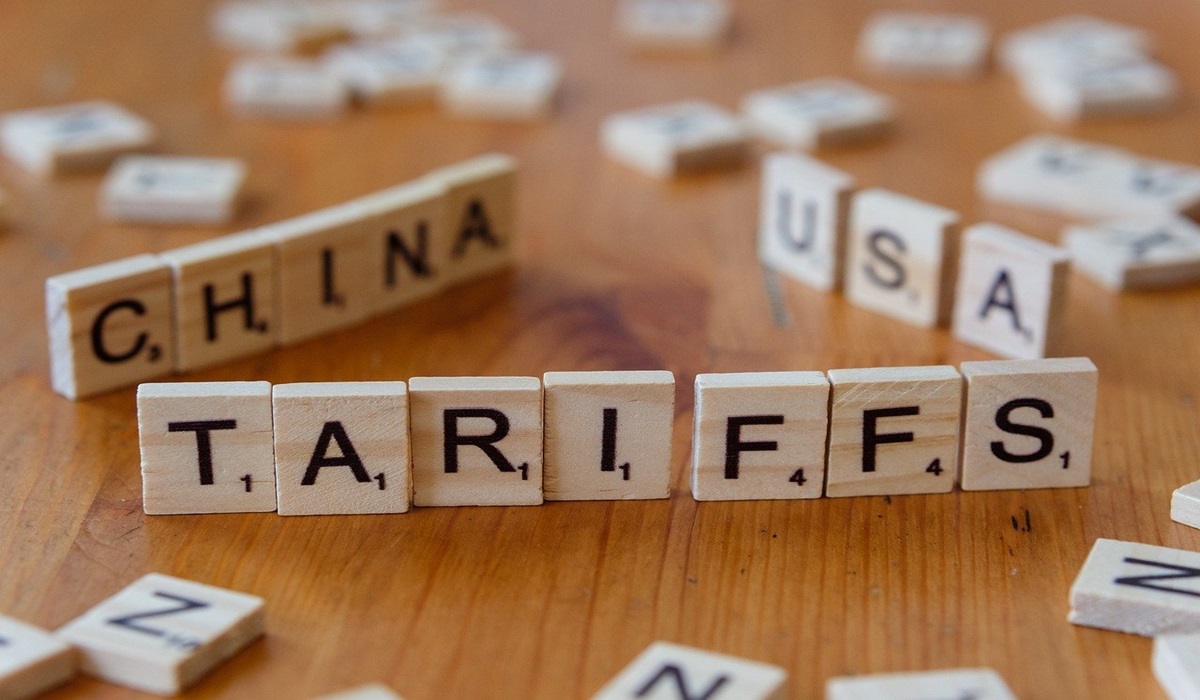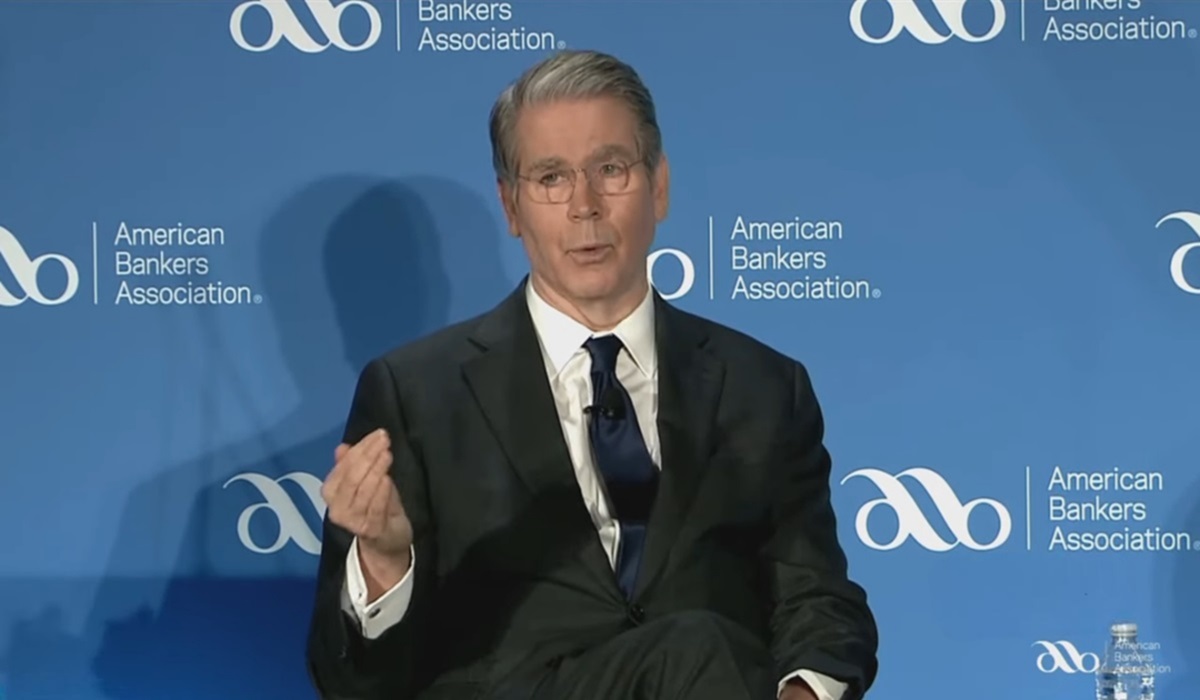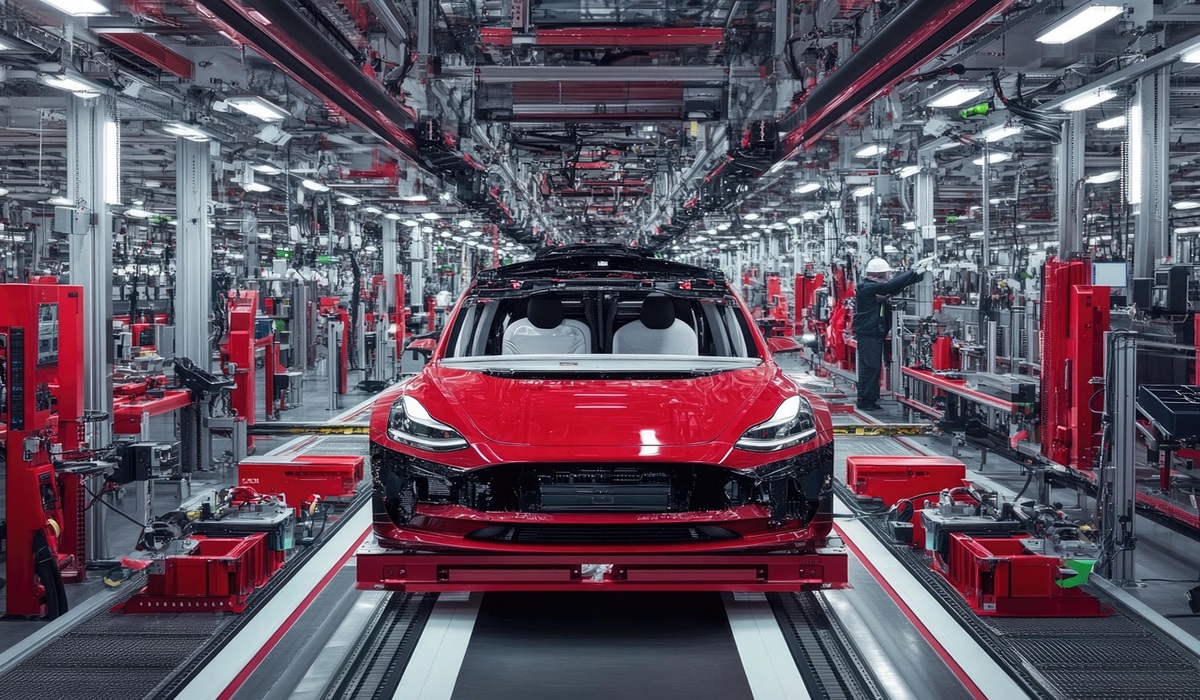Trump’s 245% Proposed Tariffs on China: What It Means for Americans
- Ingrid Jones
- U.S.A
- April 18, 2025

Image Credit, Markus Winkler
President Donald Trump has proposed a sweeping new tariff policy that could impose up to 245% levies on Chinese imports. The aim, according to the administration, is to rebalance trade relations and protect U.S. industries from what it views as long-standing structural imbalances. But the sheer scale of the proposed tariffs has economists, business owners, and global partners asking the same question: What would this actually mean for the American economy?
The policy, if enacted, would be one of the most aggressive trade maneuvers in modern history. It combines a reciprocal tariff of 125% and layered duties on strategic imports—bringing the cumulative cost of some goods to more than 270%. While the political rationale is centered on national resilience and economic independence, the consequences will ripple far beyond China.
At its core, this would be a tax on U.S. importers. American companies that rely on components, raw materials, and finished products from China would be forced to pay significantly more. That cost doesn’t disappear—it travels through the supply chain. Manufacturers pass it to retailers, retailers pass it to consumers. It’s not a hypothetical scenario; it’s how tariffs work. Whether you’re buying electronics, kitchenware, automotive parts, or clothing, price increases would be hard to avoid.
For some businesses—especially small and mid-sized enterprises—the shock could be existential. Many don’t have the scale or capital to rapidly restructure their supply chains. Contracts, sourcing relationships, logistics routes—all of it takes time and money to rebuild. For industries already facing tight margins or recovering from pandemic-era disruptions, this level of abrupt change could force closures or relocations.
Even large corporations would not be immune. Companies that depend heavily on Chinese manufacturing for assembly or raw inputs may consider shifting operations to countries like Vietnam, India, or Mexico. But doing so isn’t immediate, and often comes with its own costs, including new infrastructure, labor training, and logistical realignment. The end result: elevated prices, delayed production, and tighter market competition.
From the consumer perspective, the economic burden would likely arrive as a stealth tax. According to analysts from the Peterson Institute for International Economics, tariffs from the previous trade war increased annual household costs by as much as $1,300 for the average American family. A 245% tariff would almost certainly exceed that. While the administration believes the long-term gains from re-industrialization and job creation would outweigh the short-term pain, there’s no clear roadmap or timeline for when those gains would materialize.
China, for its part, has responded with calibrated firmness. Beijing has reiterated that it will not engage in a “numbers game,” but has already increased retaliatory tariffs on U.S. goods to 125%. More significantly, it has restricted the export of rare earth minerals—materials critical to the U.S. tech, defense, and green energy sectors—and signaled that it may turn further to trading partners in Southeast Asia, Africa, and Europe. This shift could accelerate a broader trend of economic decoupling, with long-term implications for American influence in global trade.
On the international stage, allies and trade partners are watching closely. Many share concerns about China’s trade behavior but are uneasy about sweeping unilateral actions that could destabilize global markets. If tariffs trigger broader retaliation, or if global companies shift away from U.S. partnerships due to volatility, American competitiveness could erode in ways that go far beyond price tags.
The financial markets, always sensitive to policy signals, have already reflected uncertainty. Stock indexes dipped following the announcement, and sectors tied to manufacturing and international logistics showed increased volatility. Investors are concerned not only about the tariffs themselves but about the broader question they raise: How stable is the U.S. trade policy environment, and what should companies plan for in the next five to ten years?
Still, the administration sees this move as a catalyst for reshaping the American economy—less reliant on foreign supply chains, more resilient to geopolitical shocks, and better positioned to protect domestic labor. It’s a high-stakes strategy, one that aligns with a broader goal of industrial sovereignty. But it comes with costs that are neither theoretical nor delayed—they would begin the moment the tariffs take effect.
In the months ahead, companies will face pressure to make hard choices. Absorb the costs? Shift supply chains? Raise prices? Lay off workers? Those decisions will determine how deeply this policy affects day-to-day American life.
Ultimately, the debate is no longer whether the global economy is shifting—it already is. The question now is whether the U.S. can navigate that shift without undermining the very industries and communities it seeks to protect. Tariffs this large don’t just change trade flows; they reshape economies. And how that plays out depends on far more than any one country’s policy—it depends on whether businesses, workers, and consumers can adapt fast enough to meet the new reality.








